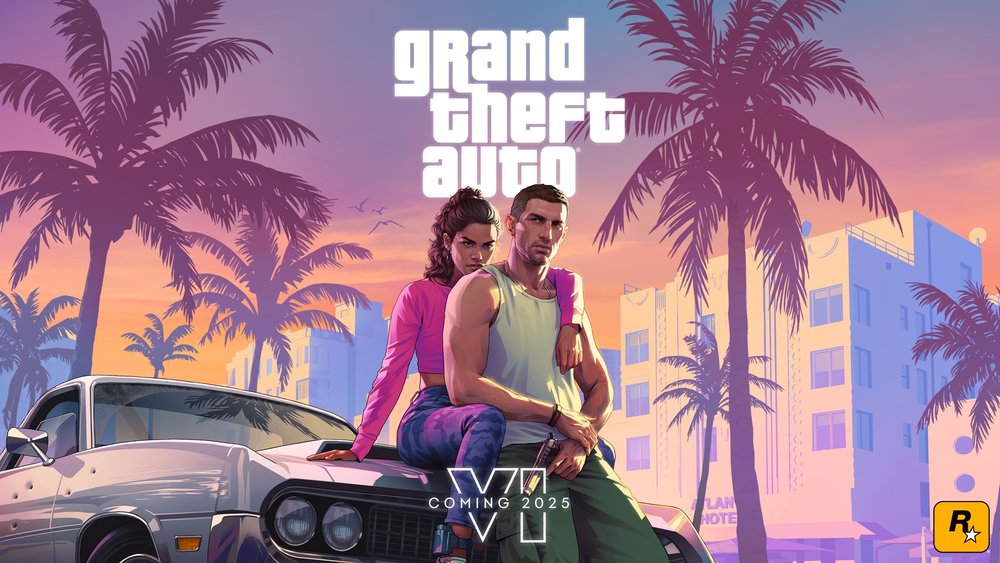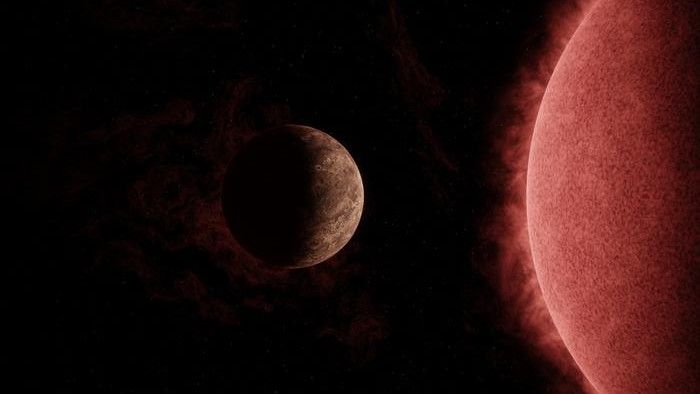Supermassive black holes are capable of violently devouring entire stars, warping the fabric of space-time with their almost unfathomable mass and gravitational influence. Its immense power and mysterious nature have captured the imagination of generations of scientists and artists, from Albert Einstein to Christopher Noland, who have sought to make the unknowable understandable through their audio-visual works of art and pioneering research.
Now a new set of NASA supercomputer simulation It gives the audience a chance to see up close the reality that bends the influence of these cosmic objects, by showing what it would be like to travel through the event horizon of a supermassive black hole with a mass equivalent to 4.3 million suns.
“People often ask about this, and simulating these hard-to-imagine processes helps me connect relativistic mathematics to actual consequences in the real universe,” explained NASA astrophysicist Jeremy Schnittman of Goddard Space Flight Center in Greenbelt, Maryland. I worked on creating visualizations. “So I simulated two different scenarios, one where the camera – taking the place of a daring astronaut – misses the event horizon and returns with the slingshot, and one where it crosses the border, determining its fate.”
Have you ever wondered what happens when you fall into a black hole?
Thanks to a new, immersive visualization produced on NASA's supercomputer, we're getting started #BlackHoleWeek With a hypothetical descent into the event horizon – the point of no return for the black hole: https://t.co/aIk9MC1ayK pic.twitter.com/CoMsArORj4
– NASA (@NASA) May 6, 2024
The simulations were designed by Schnittman and fellow NASA scientist Brian Powell using the Discover supercomputer located at NASA's Climate Simulation Center. According to the agency, it would have taken a typical laptop about a decade to handle the massive task, but the Discover's 129,000 processors were able to compile the visualizations in just five days, using just 0.3 percent of its computing power.
The singularity at the heart of the simulations was created to have the same mass as the supermassive black hole at the heart of the Milky Way, known as Sagittarius A* (Sgr A*). As Schnittman explained, the astonishing size of a supermassive black hole could work to astronauts' advantage, helping them survive until the point at which the intrepid explorer passes through the event horizon, at which point they will be torn apart via a process known as spaghettitization.
“The spaghetti risk is much greater for small black holes equivalent to the mass of our Sun,” Schnittman said in an email to IGN. For them, tidal forces would tear apart any normal spacecraft long before it reached the horizon. For supermassive black holes like Sagittarius A*, the horizon is so large, it appears flat, just like a ship in the ocean does not risk “falling over the horizon,” even though it could easily fall over a waterfall on the surface of the water. A small river.”
The NASA astrophysicist continued: “To calculate the exact point of turning into spaghetti, we used the force of a typical human body, which probably would not withstand more than 10 grams of acceleration, so this is the point at which we announced the destruction of the camera.” . “For Sagittarius A*, this corresponds to only 1% of the radius of the event horizon. In other words, the camera/astronaut crosses the horizon, and then survives 99% of the way to the singularity before being torn apart. Or burned up by radiation Extreme, but that's a story for another day.
As for what the intrepid explorer will actually see when he dives into one of the darkest pockets of the universe? Well, as its name suggests, the singularity at the center of any black hole is impossible to directly observe, due to the fact that its gravity prevents even light itself from escaping the event horizon once it passes through it. However, astronomers We are Able to observe the glowing mass of extremely hot material surrounding the black hole, which settles into a flat disk as it is inexorably pulled toward the event horizon.
NASA's supercomputer visualizations reveal in exquisite detail how the mass of 4.3 million suns could radically distort light from a flat accretion disk. Each simulation begins with staring at the black hole from a distance of about 400 million miles. From here, the effect of the cosmic leviathan's gravity can already be observed, as it manipulates the disc's light to frame the top and bottom of the event horizon, echoing the appearance of the “Gargantua” black hole seen in Christopher Noland's 2014 film Interstellar.
As the flight continues, the effect of the supermassive black hole intensifies to create a kaleidoscope of shifting photon lines, which become ever thinner as the astronaut approaches and passes through the event horizon.
NASA has uploaded multiple versions of the simulations to Youtubeincluding a 360-degree YouTube video that gives viewers free rein Let us look around as they fall into the deepest cosmic pitsor alternatively, Traveling to escape the insatiable pull of exclusivity. Some of the videos also show information regarding camera perspective, and how relativistic effects such as time dilation — a phenomenon in which time passes at different speeds for different observers depending on where they are and how fast they are moving — would affect a person as they approach the singularity.
Check out this IGN article for an explanation of what time dilation is, and how it could be a headache for future astronauts exploring distant stars. For more astronomy news, why not read about a once-in-a-lifetime starburst that should be visible from Earth later this year, or learn how millions of Frontiers players are collectively listed as authors of a previously-reviewed scientific study counterparts.
Image credit: NASA
Anthony is a freelance contributor covering science and video game news for IGN. He has over eight years of experience covering breaking developments in multiple scientific fields and has absolutely no time to fool you. Follow him on Twitter @BeardConGamer

“Extreme travel lover. Bacon fanatic. Troublemaker. Introvert. Passionate music fanatic.”







More Stories
Chiefs Patrick Mahomes joined Travis Kelce on stage at Kelsey Jam
An Earth-sized planet has been found orbiting a nearby star that will outlive the Sun by 100 billion years
Pierre Bleuz Review – The Works of Ligeti